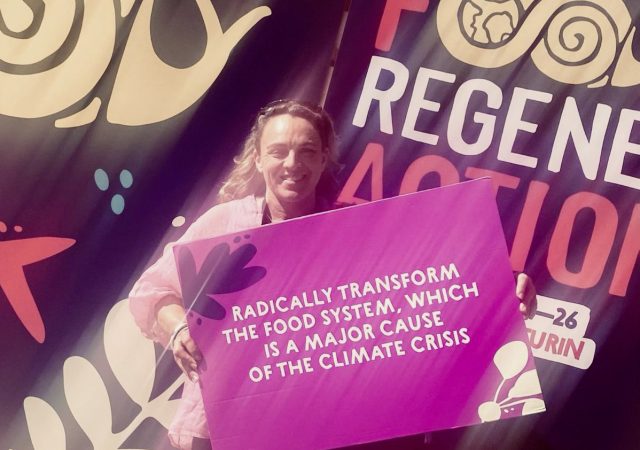With my fridge teeming with Christmas leftovers I can’t help but think about the frightening food waste statistics I’ve come across this year through my involvement with the Slow Food Movement and more recently with Foodbank in Perth. And whilst I have no intention of dampening the enjoyment of sharing a fantastic festive feast together, or of celebrating the bounty of produce grown here in the Northern Valleys region, this information has certainly made me rethink how much I buy, how much I serve and what I do with my leftovers and food ’waste’.
According to the Food and Agriculture organisation of the United Nations (FAO), roughly one third of the food produced in the world for human consumption every year — approximately 1.3 billion tons — gets lost or wasted. At the same time, 840 million people worldwide (12% of the world population) are undernourished. Here in Australia, the Foodbank Hunger Report 2022 estimated that on any given day more than half a million households are struggling to put food on the table, and over 116,000 children in Western Australia lived in severely food insecure households in the past year. You can read the full report here.
It’s certainly hard to digest the numbers. Add to that the frightening supposition that if food waste was a country it would be the third largest emitter of greenhouse gasses as suggested by foodrevolution.org and we have some very good motivation to reduce our food waste.
Not overbuying is the first crucial step to reducing food waste – although it’s tempting to make sure there’s extra ‘just in case’, quite frankly most of us overbuy and over serve – and the consequence is over eating too! I believe that food abundance contributes to our overall happiness and wellbeing – but it’s easy enough to make sure those abundant items on your table are ones which make great leftovers, can be frozen or preserved or have a long shelf life. Just don’t throw them in the bin! Each tonne of food waste which breaks down in landfill in anaerobic conditions produces about one tonne of greenhouse gases mostly in the form of methane – you can read more about composting here.
Over serving is another way we waste food in our culture – I mean honestly, who came up with the idea that we should have turkey and ham in the same meal?? The mishmash of culture and tradition have left us with some pretty unsavoury leftovers – as well as a lot of unnecessary cooking stress! I made a real effort this year to serve just one protein at each meal – and I think I enjoyed the flavours more as a result.
Finally, coming up with creative ways to repurpose our food scraps and leftovers can make a huge contribution reducing our waste. At the Locavore Store we do this on a big scale, turning any spent or less-than-perfect fruit and vegetables into jams, pickles, preserves and soups. We have plenty of recipes to share on our website, my all-time favourite being my Tomato Passata which I make a ton of this time of year due to all the tomatoes and zucchini in season.
In the US they actually have a new labelling system on packaged food products that contain a percentage of ‘rescued’ produce. Manufacturers can use the Upcycled Certified logo to show they are using a component of either second grade fruit, a waste product from a food process (like whey or fruit fibre) or food scraps. I wonder how long it will be until we have such a system? It’s definitely food for thought.








